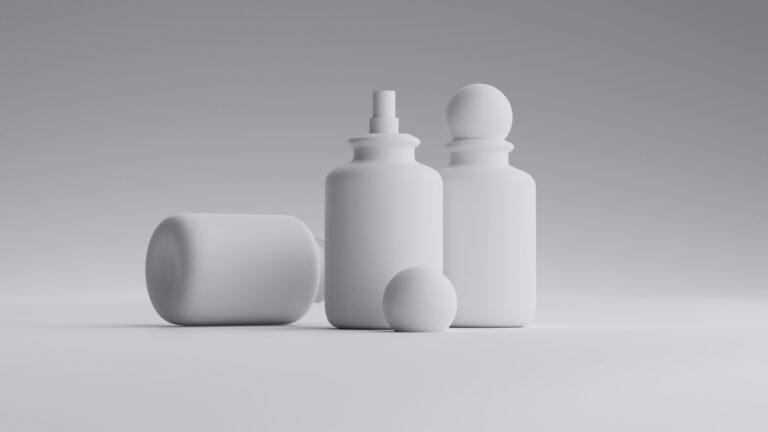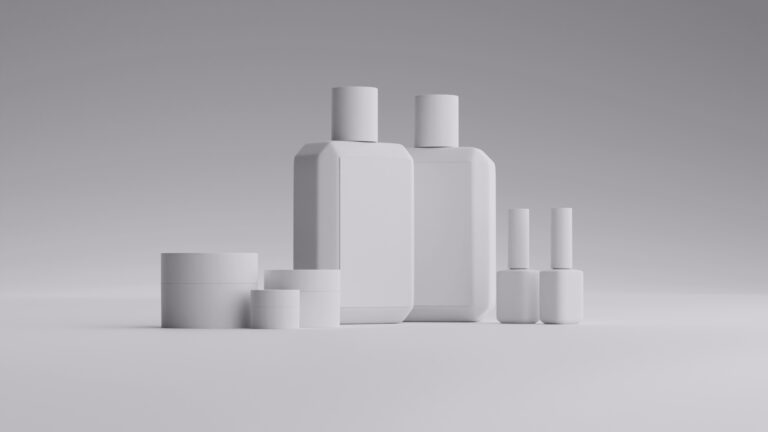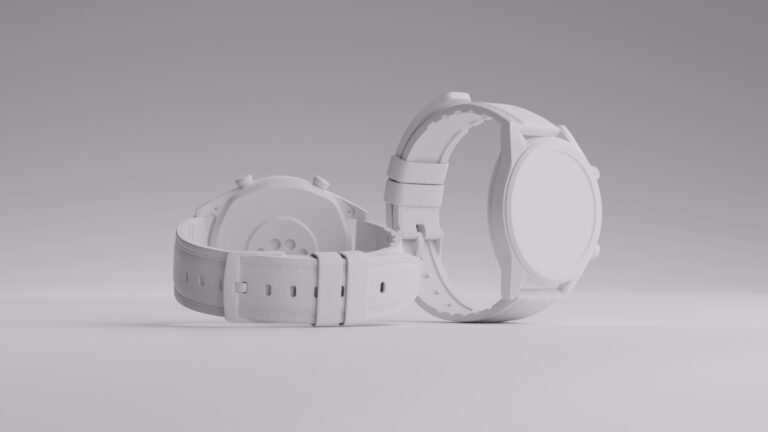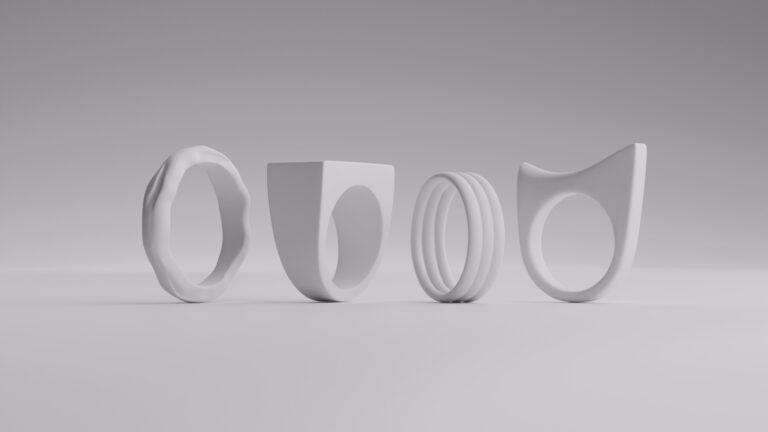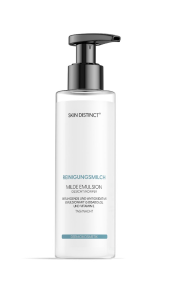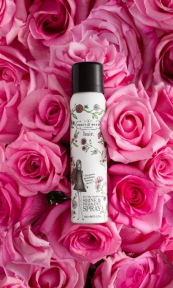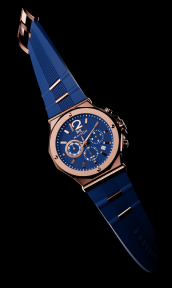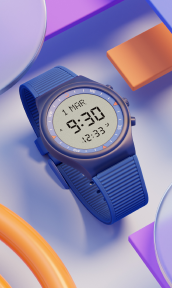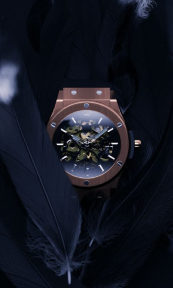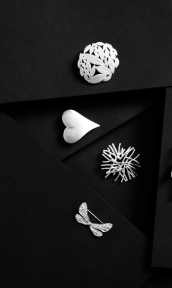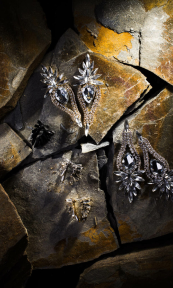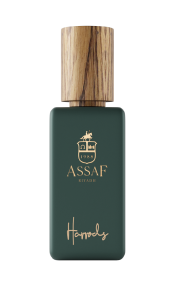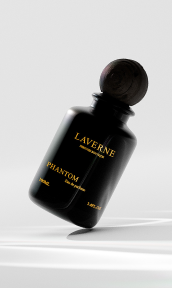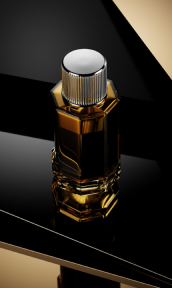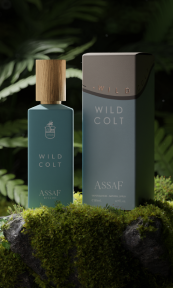In today’s digital marketplace, striking product photography is not just an asset but a necessity. For lamp sellers, compelling photos can distinguish between catching a potential buyer’s eye and getting lost in the sea of competitors. High-quality images can convey the lamp’s aesthetic appeal, functionality, and the ambiance it can create in a home. As we venture into 2025, multiple lamp product photography ideas, trends and techniques are available that can help your products shine brightly.
Minimalist Backgrounds

Minimalist backgrounds have become a staple in modern product photography due to their ability to draw full attention to the product. In lamp photography, a minimalist backdrop emphasizes the lamp’s design, materials, and lighting capabilities without any visual distractions. This approach aligns with contemporary aesthetics, appealing to consumers who appreciate simplicity and elegance.
Choosing the Right Colors
When selecting a minimalist background, color choice is crucial. Neutral tones like white, gray, beige, and black are preferred because they do not compete with the lamp for attention. Each color can set a different mood:
- White: Creates a clean, crisp look that highlights the lamp’s features. It’s perfect for modern and contemporary designs.
- Gray: Adds a touch of sophistication and can bring out metallic or matte finishes.
- Beige: Provides a warm and inviting backdrop, ideal for lamps with earthy tones or natural materials.
- Black: Offers a dramatic contrast, making the lamp stand out vividly. This works particularly well with brightly colored or illuminated lamps.
Material and Texture Considerations
The texture of the background can subtly influence the overall feel of the photograph. Smooth surfaces like painted walls or seamless paper rolls are popular for their sleek appearance. For a bit of depth, consider textured options like linen, canvas, or wooden panels:
Smooth Surfaces: Ideal for maintaining a clean and uninterrupted visual flow. These backgrounds are excellent for highlighting sleek and modern lamp designs.
Textured Surfaces: Add a layer of depth and interest without overwhelming the subject. Light textures can create a sense of warmth and authenticity, making the lamp appear more integrated into a living space.
Ensure that the background is free from imperfections like scratches or marks that could draw attention away from the product. Use uncluttered setups to ensure the lamp remains the center of attention. Avoid excessive props or additional elements in the frame.
Maintain consistent lighting across the background to prevent uneven tones that might distract from the lamp. Ensure that any visible lines, such as those created by a wall meeting a floor or a seam in a paper backdrop, are straight and clean.
Tips for Achieving a Minimalist Background
- Use Seamless Paper Rolls: Available in various neutral colors, seamless paper rolls provide a smooth, uninterrupted background that is easy to light and work with.
- Painted Backdrops: A painted wall or board in a neutral color can serve as a reusable, versatile backdrop.
- DIY Solutions: Large sheets of white poster board or foam board can be used for a quick and inexpensive background setup.
- Portable Backdrops: Consider investing in portable backdrop kits that include various minimalist options, providing flexibility for different shoots.
Minimalist backgrounds are a powerful tool in lamp product photography, allowing the lamp to be the star of the show. By choosing the right colors, materials, and techniques, you can create compelling images that highlight the beauty and functionality of your lamps. This approach not only appeals to contemporary aesthetic sensibilities but also ensures that your products stand out in the crowded digital marketplace.
Creative Lighting Techniques

Lighting is the heart of lamp photography, and employing creative techniques can elevate your images, showcasing the lamp’s design, functionality, and the ambiance it can create. As we head into 2025, here are some innovative lighting techniques that can make your lamp photography stand out.
Directional lighting involves using a focused light source to highlight specific features of the lamp. This technique can create dramatic shadows and highlights, adding depth and dimension to your images.
- Side Lighting: Placing the light source to the side of the lamp accentuates its shape and texture, creating contrast and making details pop.
- Backlighting: Positioning the light behind the lamp can create a halo effect, emphasizing the lamp’s outline and making it appear to glow. This is particularly effective for translucent or intricately designed lampshades.
Using different types of light sources can produce varied effects, enhancing the overall appeal of your photographs.
Utilizing sunlight can create a warm, inviting atmosphere. Early morning or late afternoon light, known as “golden hour,” provides soft, golden hues that enhance the lamp’s color and texture.
Adjustable LED panels allow for precise control over brightness and color temperature, enabling you to create the perfect lighting conditions for each shot.
Placing colored gels over light sources can introduce subtle tints that complement the lamp’s design. For example, a blue gel can create a cool, modern look, while a warm orange gel can evoke a cozy, homey feel.
Experiment with different setups to convey various emotions and settings.
- Soft Lighting: Using diffusers to soften the light can create a gentle, welcoming ambiance, ideal for lamps meant to provide cozy, ambient lighting in a home.
- Hard Lighting: Direct, hard light creates sharp shadows and bold highlights, giving a modern, edgy feel. This technique works well for contemporary or industrial-style lamps.
- Low-Key Lighting: Emphasizing shadows and using minimal light creates a moody, dramatic effect. This is perfect for highlighting the intricate details and craftsmanship of a unique lamp.
Practical Tips for Creative Lighting
- Use Reflectors: Reflectors can bounce light back onto the lamp, filling in shadows and creating a balanced, well-lit image.
- Experiment with Angles: Changing the angle of the light source can dramatically alter the appearance of the lamp. Experiment with different positions to find the most flattering lighting setup.
- Layer Lighting: Combining multiple light sources at varying intensities and angles can add depth and dimension to your photographs.
Creative lighting techniques are essential for capturing the beauty and functionality of lamps in product photography. By experimenting with directional lighting, varying light sources, and shadow play, you can create compelling images that highlight the unique features of your lamps. Whether aiming to convey a specific mood or showcase the lamp’s practical use, innovative lighting strategies will ensure your lamp photography stands out in 2025.
Incorporating Natural Elements

Incorporating natural elements into lamp photography is a growing trend that enhances the visual appeal of the product while creating a connection to nature. This approach not only adds aesthetic value but also resonates with eco-conscious consumers and those who appreciate organic living spaces. Here are some ways to effectively integrate natural elements into your lamp photography in 2025.
Use Natural Backdrops
Natural backdrops can create a harmonious and inviting setting for your lamp photography. Consider using elements such as wood, stone, or greenery to provide a textured and organic background.
- Wooden Surfaces: A wooden table or wall can add warmth and a rustic feel to your photographs. Different types of wood, from light pine to dark mahogany, can set various moods that complement the lamp’s design.
- Stone Textures: Incorporating stone elements, like a granite countertop or a brick wall, can give your photos a natural and sturdy look, perfect for industrial or modern lamp designs.
- Greenery: Adding plants or leaves in the background can create a fresh and lively atmosphere. This works well for lamps designed for living rooms or outdoor spaces, emphasizing a connection to nature.
Integrate Natural Props
Using props made from natural materials can enhance the overall theme and make the setting more relatable and cozy.
- Plants and Flowers: Placing a potted plant or a vase of flowers next to the lamp can add a touch of nature and bring the scene to life. Choose plants that complement the lamp’s style and color palette.
- Natural Fabrics: Incorporating items like linen tablecloths, cotton throws, or wool rugs can add texture and warmth to your photographs. These elements create a homely, inviting environment that showcases the lamp in a realistic setting.
- Earthy Accessories: Use accessories like wicker baskets, clay pots, or stone bowls to enhance the natural theme. These items can subtly draw attention to the lamp without overshadowing it.
Create a Cohesive Natural Scene
To effectively incorporate natural elements, it’s essential to create a cohesive scene that highlights the lamp without overwhelming it. Here are some tips:
- Balance Elements: Ensure that the natural elements complement the lamp and do not dominate the composition. The lamp should remain the focal point of the image.
- Consistent Theme: Stick to a consistent theme, such as rustic, bohemian, or modern-natural, to create a unified and aesthetically pleasing photograph.
- Color Harmony: Choose natural elements with colors that harmonize with the lamp. This can be achieved by matching or contrasting colors thoughtfully to make the lampstand out while maintaining visual appeal.
- Layering: Use layers to add depth to your photographs. Place natural elements in the foreground and background to create a three-dimensional feel, drawing the viewer’s eye through the scene to the lamp.
- Experiment with Composition: Try different arrangements of natural elements to find the most visually appealing setup. Don’t be afraid to move props around and experiment with various angles.
- Use Reflectors: Reflectors can help balance the natural light, filling in shadows and ensuring the lamp is well-lit from all sides.
- Maintain Simplicity: While incorporating natural elements, keep the composition simple and uncluttered. The goal is to enhance the lamp, not to distract from it.
Incorporating natural elements into lamp photography is a powerful way to create engaging, aesthetically pleasing images that resonate with consumers. By using natural backdrops, integrating props made from organic materials, leveraging natural light, and creating cohesive scenes, you can showcase your lamps in a way that highlights their beauty and functionality. This approach not only adds depth and interest to your photographs but also appeals to modern consumers who value nature and sustainability.
Real-Life Settings with Props

Photographing lamps in real-life settings with thoughtfully chosen props is a powerful technique that helps potential buyers envision the product in their own homes. This method not only showcases the lamp’s aesthetic appeal but also demonstrates its functionality and versatility. Here’s a comprehensive guide on how to effectively use props in real-life settings for lamp photography.
Setting the Scene
Creating a realistic and inviting setting for your lamp photography is the first step. Choose a location that aligns with the intended use of the lamp. For instance, if you’re photographing a bedside lamp, set it up in a cozy bedroom scene. For a floor lamp, consider a living room or reading nook. The key is to place the lamp in a context that potential buyers can easily relate to and imagine in their own space.
Selecting Appropriate Props
The props you choose should complement the lamp and contribute to the overall aesthetic of the scene. Consider items that match the lamp’s style, color, and intended use. For a modern lamp, use sleek, minimalist furniture and accessories. For a vintage lamp, incorporate retro or antique items. Ensure that the props enhance the lamp’s appeal without overshadowing it.
Creating Balance
Balance is crucial in creating a visually appealing composition. Arrange props in a way that frames the lamp, drawing attention to it while maintaining harmony within the scene. Use a combination of larger and smaller items to create a balanced look. For instance, a table lamp might be flanked by books, a vase, and a decorative object, creating a cohesive arrangement that highlights the lamp as the focal point.
Emphasizing Functionality
Showcasing the lamp’s functionality is essential. Position props to demonstrate how the lamp fits into daily life. For a desk lamp, set up a workspace with a laptop, notebooks, and office supplies. For a reading lamp, place it next to a comfortable chair with a stack of books. This approach helps potential buyers see the practical applications of the lamp, making it more appealing.
Adding Personal Touches
Personal touches can make the setting feel more authentic and relatable. Include items like framed photos, personal mementos, or cozy textiles. These elements can evoke a sense of warmth and familiarity, helping potential buyers connect emotionally with the scene and envision the lamp in their own home.
Playing with Textures

Incorporate a variety of textures to add depth and interest to the composition. Combine soft fabrics, such as cushions and throws, with harder surfaces like wooden tables and metal accessories. This interplay of textures creates a rich, layered look that makes the scene more engaging and visually appealing.
Using Color Harmoniously
Color harmony is essential in creating a cohesive and attractive setting. Choose props in colors that complement or contrast pleasingly with the lamp. For instance, if the lamp has a neutral tone, use colorful props to create a pop of color. Conversely, if the lamp is brightly colored, use neutral props to balance the composition. This approach ensures that the lamp remains the star of the show.
Highlighting the Lamp’s Features
Props can also be used to highlight specific features of the lamp. For example, if the lamp has a unique base, use low-profile props to ensure it remains visible. If the lampshade has an interesting pattern, choose simpler surrounding elements to let the design stand out. Tailor your props to emphasize the lamp’s most attractive attributes.
Creating a Narrative
Every good photograph tells a story. Use props to create a narrative that captures the viewer’s imagination. For instance, a lamp in a reading nook with a cozy chair, a blanket, and a steaming cup of tea tells a story of relaxation and comfort. This narrative approach can make your photographs more compelling and memorable.
Adjusting Camera Angles
Experiment with different camera angles to find the most flattering perspective for the lamp and its setting. A straight-on shot might work well for some scenes, while an angled or overhead shot might better capture the arrangement of props and the lamp’s design. Varying your angles can provide a more comprehensive view and highlight different aspects of the scene.
Post-Processing Enhancements
Finally, enhance your photos with post-processing techniques. Use editing software to adjust lighting, color balance, and contrast to ensure the lamp and its setting look their best. Subtle enhancements can make a significant difference, bringing out details and ensuring the final image is polished and professional.
Incorporating real-life settings with props into your lamp photography can significantly enhance the appeal and marketability of your products. By carefully selecting and arranging props, balancing the composition, emphasizing functionality, and using textures and colors harmoniously, you can create compelling scenes that resonate with potential buyers. This approach not only highlights the lamp’s aesthetic and practical qualities but also helps customers envision the product in their own homes, increasing the likelihood of a purchase.
Wrapping up
In the competitive world of e-commerce, exceptional product photography can set your lamps apart and drive sales. By embracing current trends like minimalist backgrounds, creative lighting, and natural elements, and by effectively using props, diverse camera angles, and editing software, you can create stunning images that captivate potential buyers. As you implement these ideas in 2025, your lamp product photography will not only showcase the beauty and functionality of your lamps but also inspire and engage your audience.
FAQ
Why is it important to use real-life settings with props in lamp photography?
Using real-life settings with props helps potential buyers envision the lamp in their own space, demonstrating its functionality and enhancing its aesthetic appeal. This approach makes the product more relatable and attractive, increasing the likelihood of a purchase.
What types of props should I use to complement my lamp?
Choose props that match the lamp’s style, color, and intended use. For modern lamps, opt for sleek, minimalist items. For vintage lamps, use retro or antique accessories. Ensure the props enhance the lamp without overshadowing it.
How can I create a balanced composition in my lamp photos?
Arrange props to frame the lamp, using a mix of larger and smaller items to create visual harmony. The goal is to draw attention to the lamp as the focal point while maintaining a cohesive and aesthetically pleasing scene.
What camera angles are best for lamp photography in real-life settings?
Experiment with different angles to find the most flattering perspective. Straight-on shots work well for some scenes, while angled or overhead shots can better capture the arrangement of props and the lamp’s design. Varying your angles provides a more comprehensive view.
How can post-processing enhance my lamp photographs?
Use editing software to adjust lighting, color balance, and contrast. Subtle enhancements can bring out details, improve clarity, and ensure the final image looks polished and professional, making the lamp more appealing to potential buyers.




